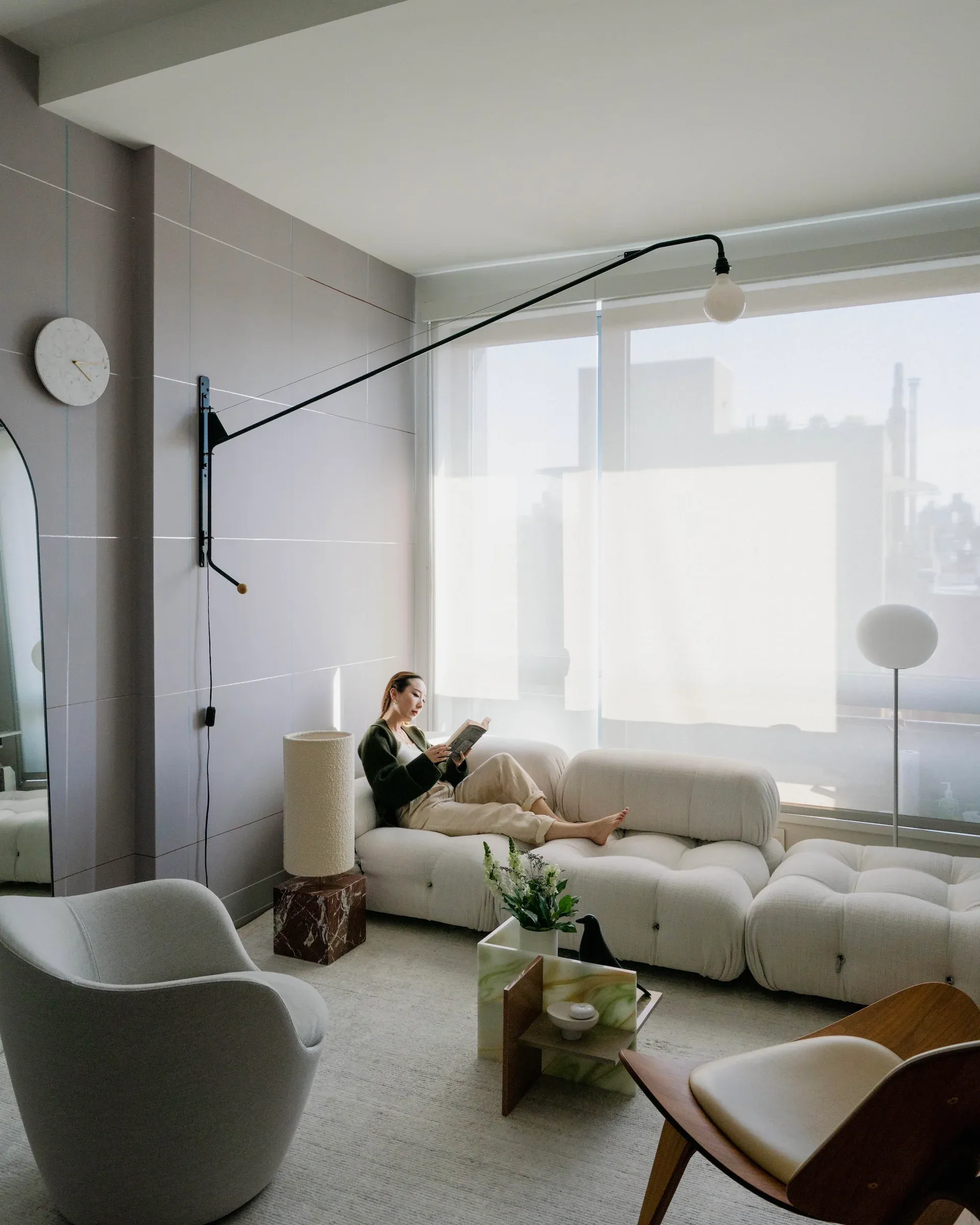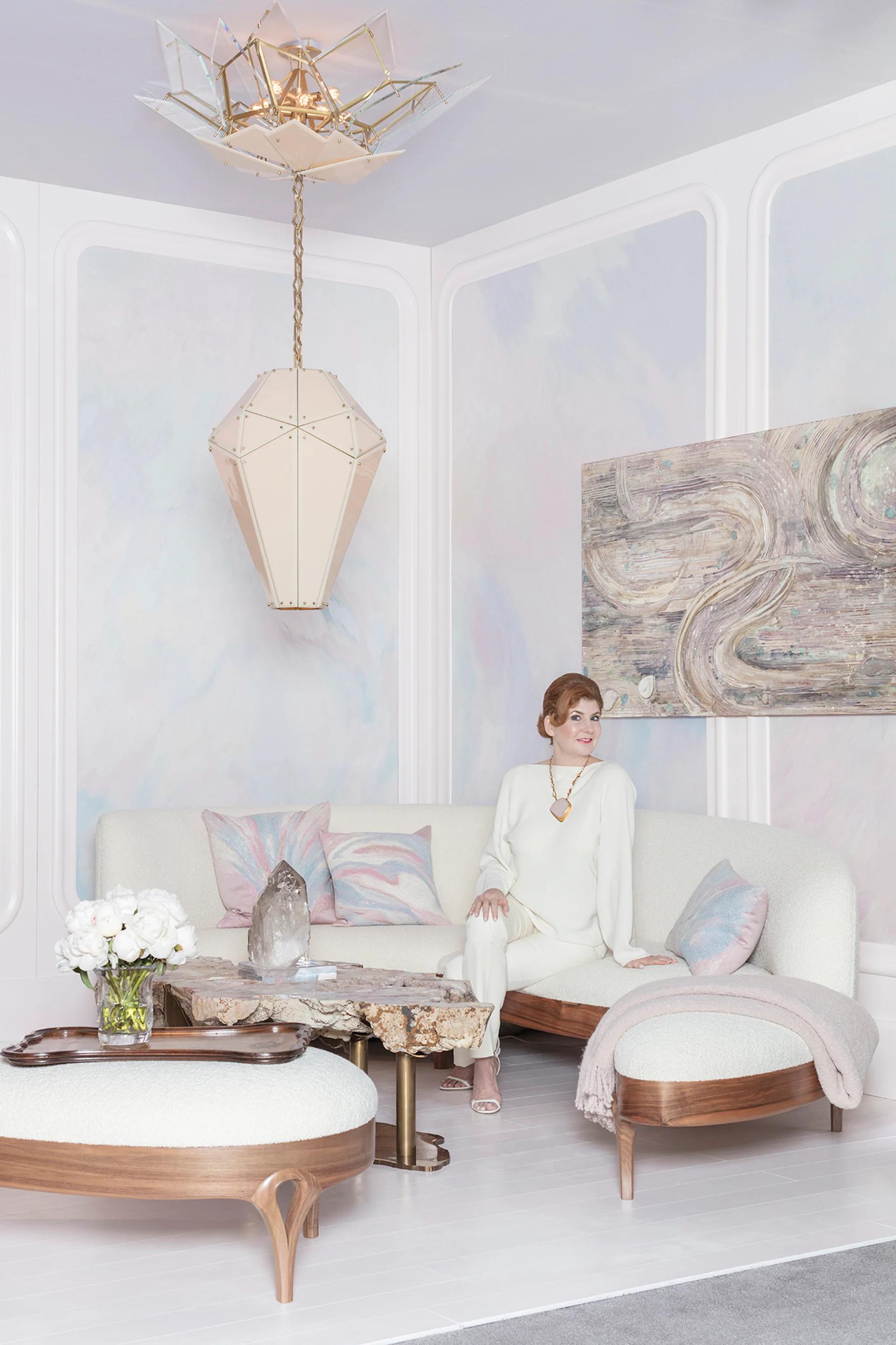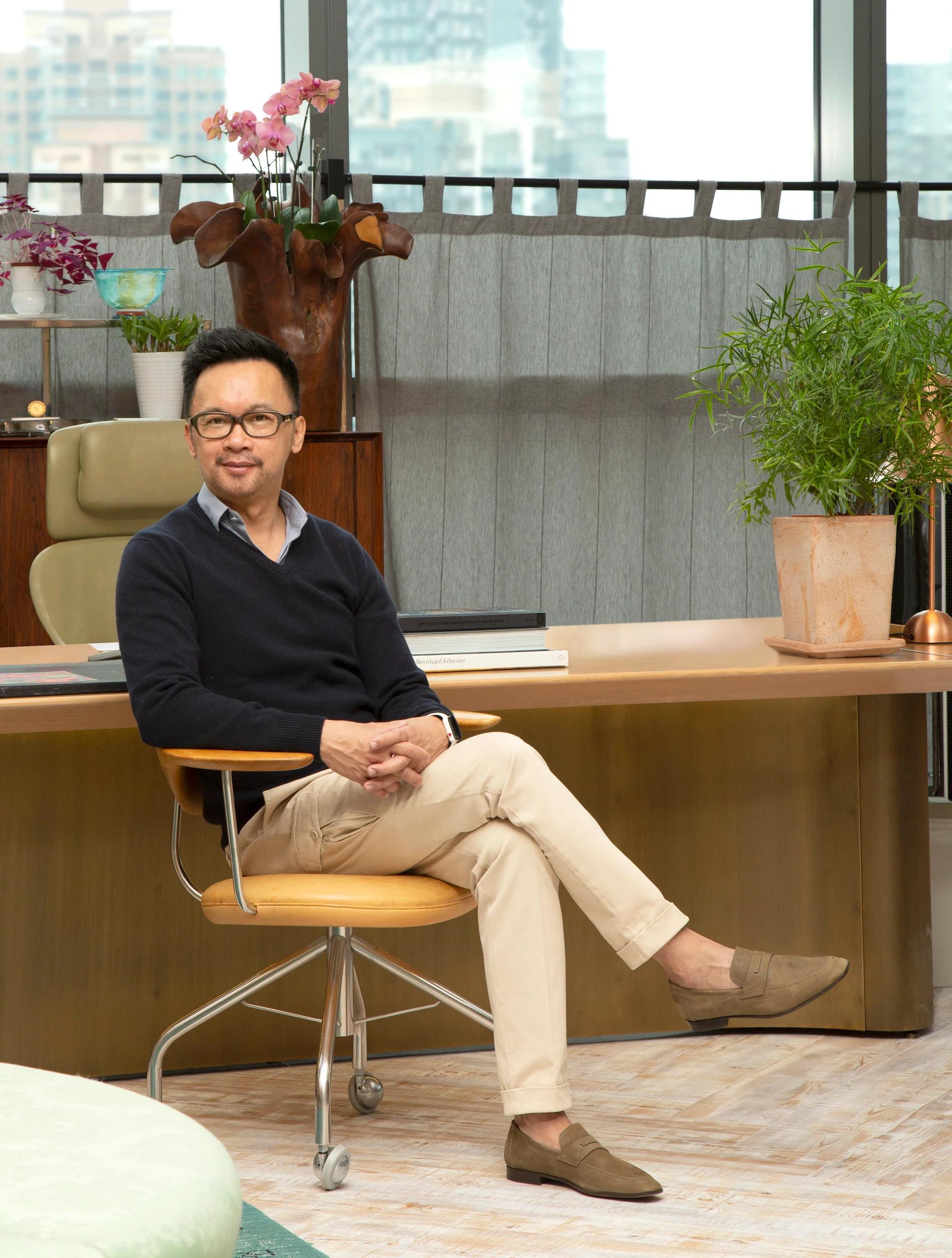MY FAVORITE THINGS APRIL 19 2022
by Design Miami
Murray Moss highlights 5 masterworks from his one-of-a-kind collection
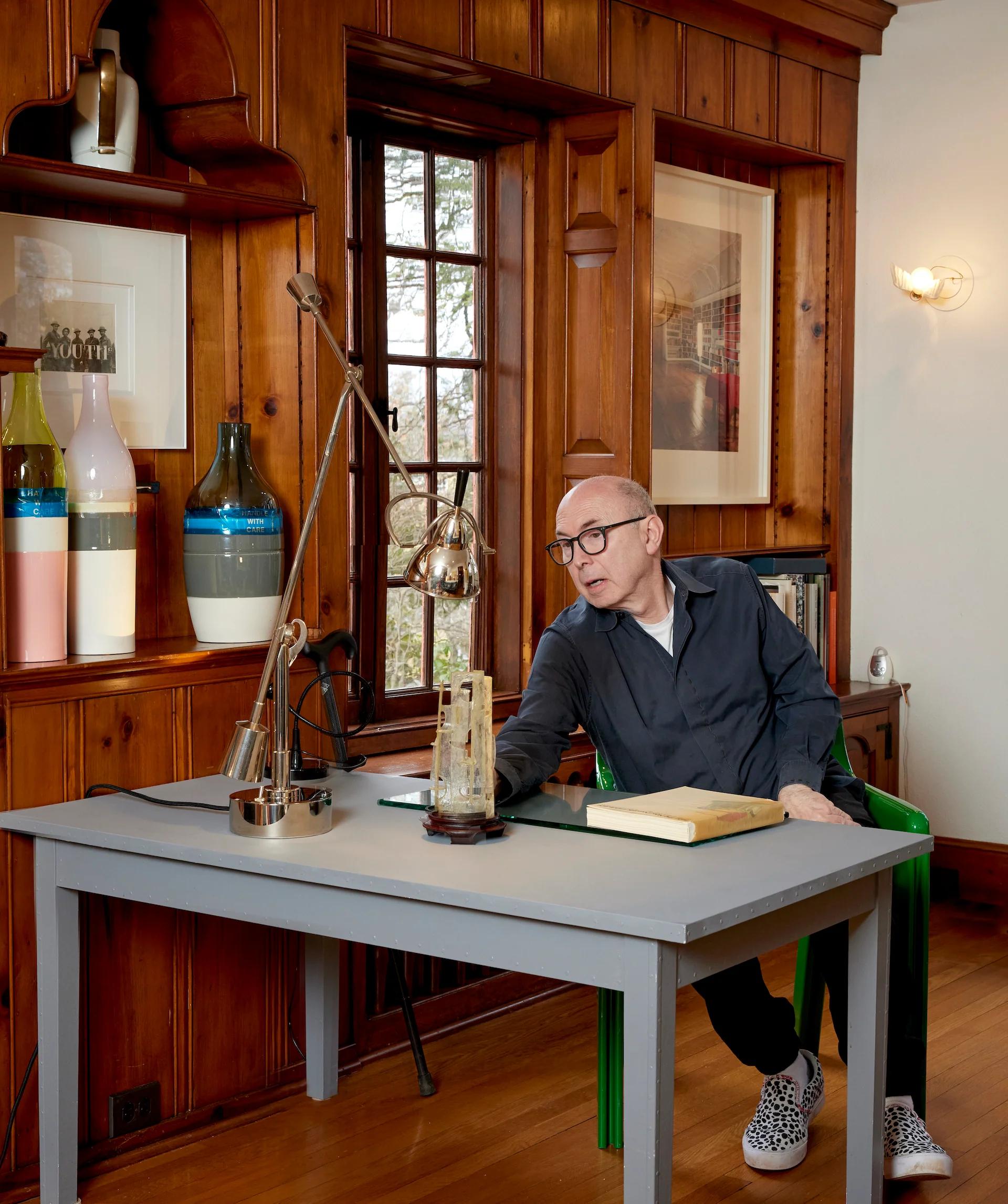
MURRAY MOSS AT HOME, SURROUNDED BY HIS DESIGN COLLECTION
Photo © Erin Williams for Design Miami/
We’re over the moon to be collaborating with Murray Moss and Franklin Getchell to bring you Design Miami/ x MOSS, an exclusive collection of design objects from the dynamic duo’s private collection. As the founders of paradigm-shifting design gallery MOSS, which enlivened the New York culture scene between 1994 and 2012, they played a key role in defining what collectible design would be in the 21st century. In fact, they commissioned much of the work that has already earned the designation “21st-century classics.” Thanks to our Design Miami/ x MOSS sale, such museum-worthy treasures can be yours.
Eager to learn more about what makes these MOSS pieces so collectible? Mr. Moss has generously shared the stories behind five masterworks. Read on for insights in his own words.
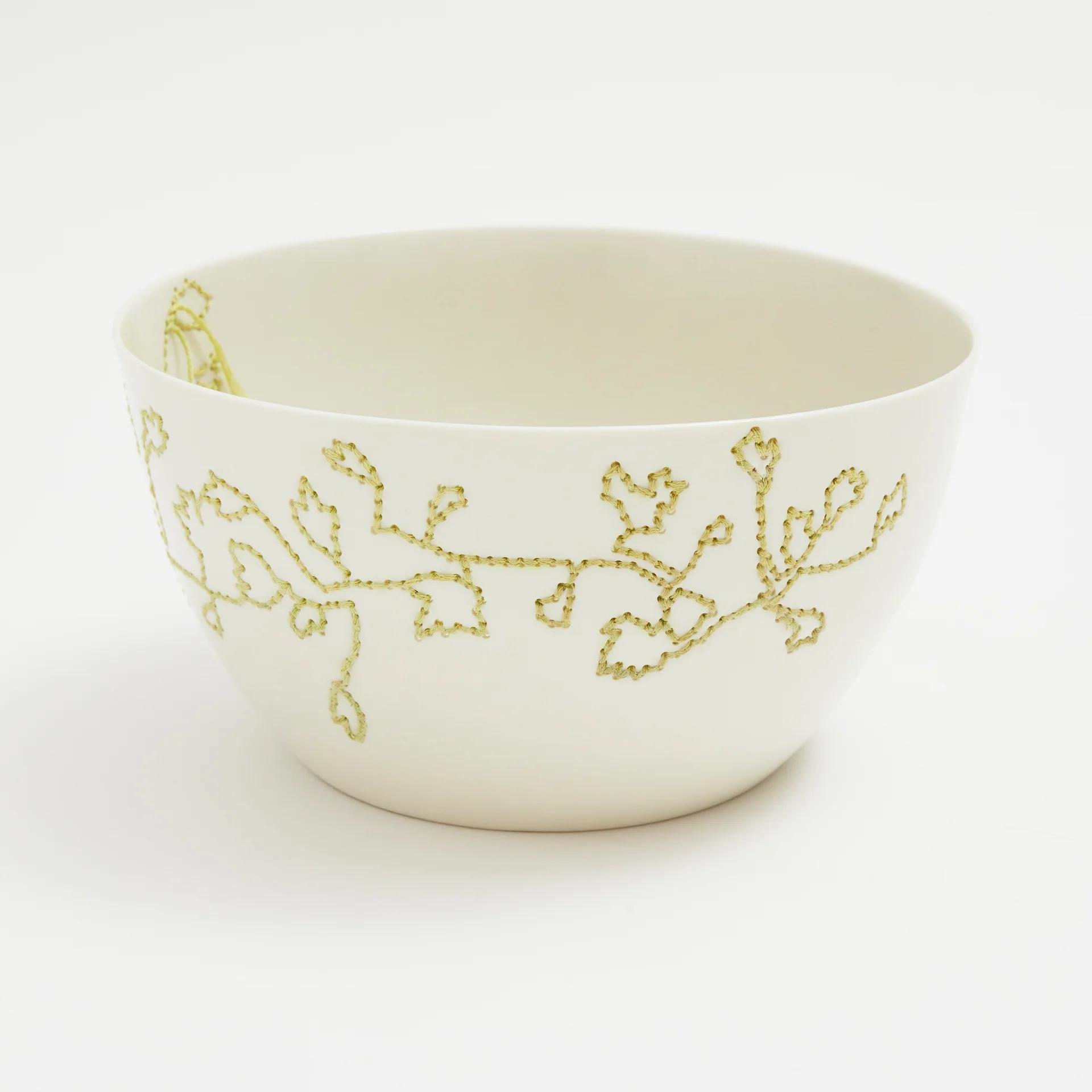
HELLA JONGERIUS/ EMBROIDERED BOWL, 2002
For REPEAT—a large installation of work designed by Hella Jongerius for textile company Maharam mounted at MOSS in 2002—I had proposed that we commission a large number of sectional elements joined to form a 36-foot-long sofa, upholstered in the designer’s REPEAT textile. The goal was to show the “repeat” in Hella’s design was so long that it took 36 feet to see it all.
Then Hella had another rule-breaking idea: take the designs woven into the textiles and use them on other media. To do that, she chose to embroider the patterns directly onto an array of objects, regardless of practicality. Without question, embroidering onto a bowl challenges its functionality and disrupts our expectations around ceramics and textiles, two ancient disciplines long guarded by the Guild system of craft making. The result is a perfect argument for antidisciplinarity—or for the recognition that in the end there is only one discipline in the arts, one which encompasses all expressions.
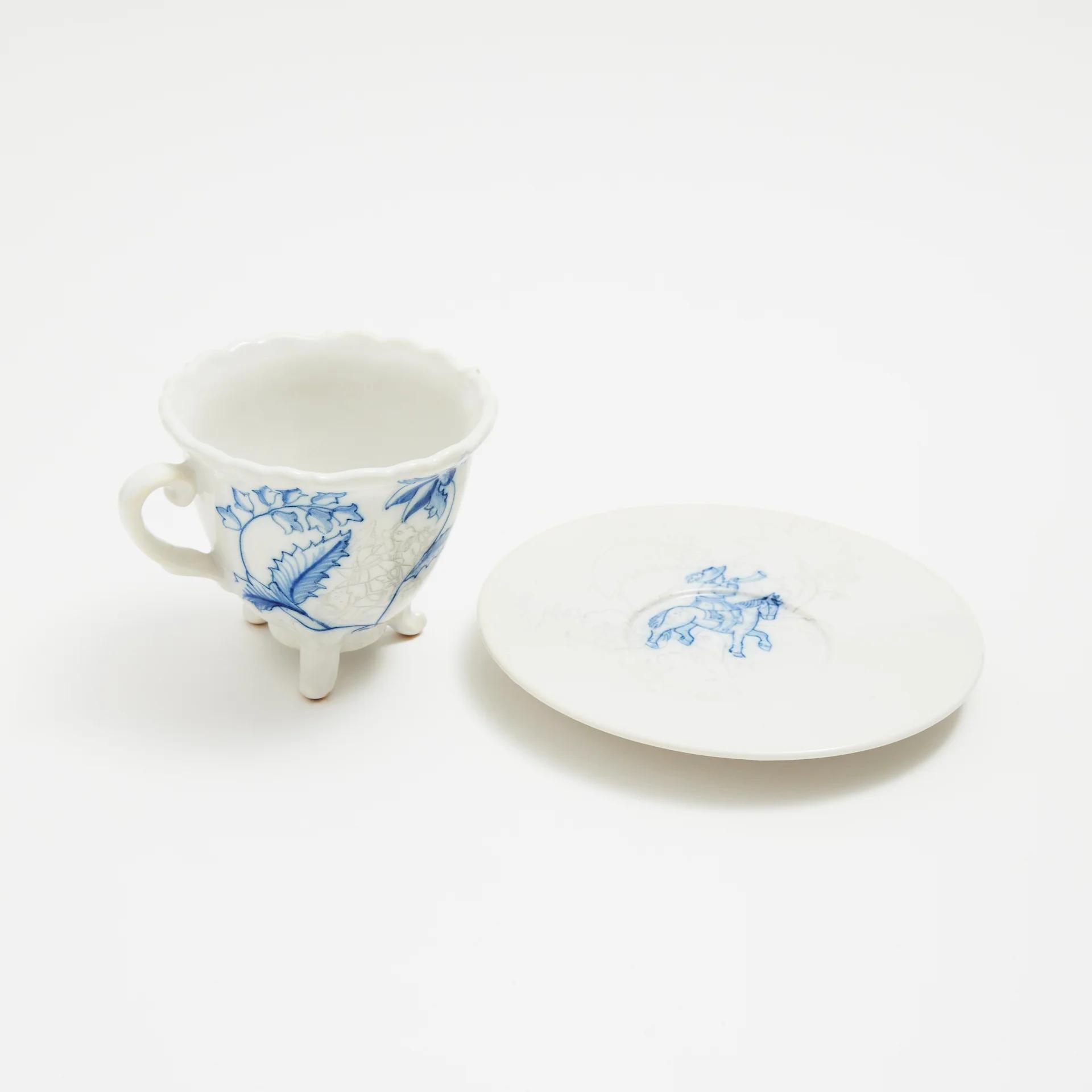
JURGEN BEY/ 40 MINUTE CUP & SAUCER, 2003
Around 2000, with the expansion of MOSS that more than tripled our space, I began to explore classic European ceramics manufactories—legacy companies such as Porzellan Manufaktur Nymphenburg, KPM, and Meissen in Germany; Royal Copenhagen in Denmark; and Royal Tichelaar Makkum in the Netherlands. Like all centuries-old, venerated ceramics producers founded under Royal Warrant, Makkum was facing an urgent imperative to broaden its client base, since, in the 21st-century, it could no longer rely on aristocratic families to buy its labor-intensive, archival designs. In contemporary times, there exists too great a leap between the price and the perceived value of, say, a hand-painted cup and saucer.
Makkum Director Jan Tichelaar found a solution by bringing in a very smart young designer, Jurgen Bey, to study the archives and find a table service that could be produced in the old laborious way for today’s market. Jurgen cleverly abstracted the problem and concluded that the obstacle to overcome was simply time. Since more time spent on production translates to greater cost, Jurgen asked exactly how much time one could spend painting the cup and saucer while maintaining a price that would sell. The answer was 30 to 42 minutes. So Jurgen had the manufactory direct its painters to do the full outline transfer, according to tradition, but then to paint for only 40 minutes maximum and stop. The result is a beautiful “incomplete” but charming fresco-like painting—light, fresh and affordable while remaining true to Makkum’s heritage
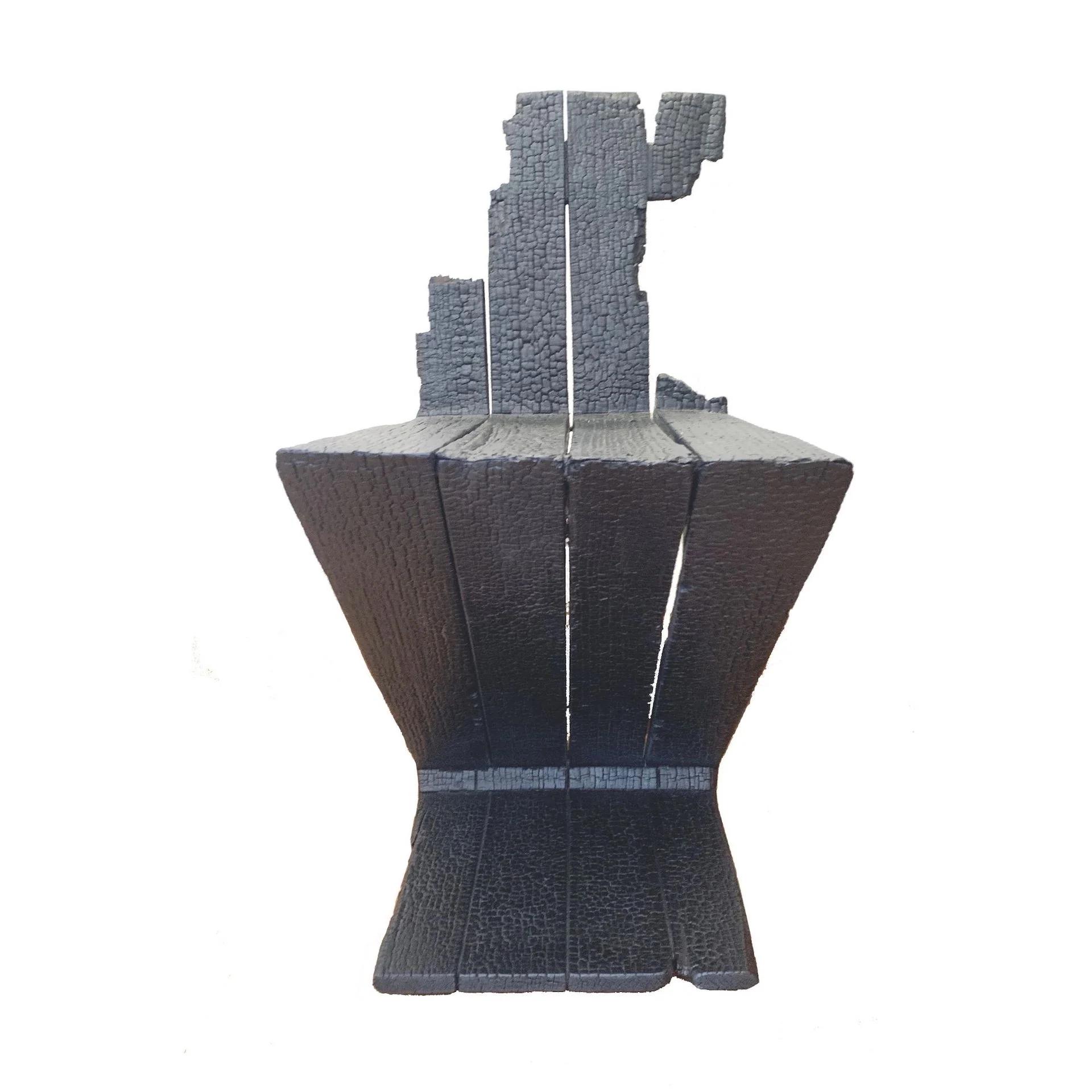
MAARTEN BAAS/ WHERE THERE’S SMOKE: ZIG ZAG CHAIR, 2004
In 2004, MOSS commissioned then-recent Design Academy Eindhoven graduate Maarten Baas to create Where There’s Smoke…, a major collection of one-of-a-kind, iconic furniture pieces that have been systematically burned. Wielding a torch as one might a chisel, Maarten re-sculpted these design icons with flame while carefully preserving their structural integrity and functionality. Through the eloquence of metamorphosis, their authorship and identity are revised; they become audacious expressions of Maarten’s own experience and perspective.
Maarten has said: “What happens to a piece of furniture when you treat it in a way that is neither a ‘should’ or an ‘intention’? Instead of keeping a piece of furniture as it was, or trying to restore it to its original state, I burnt it. The shape and asymmetry were altered and the surface carbonized. I took care that the chair was still a chair, and in my opinion no uglier for its treatment. This new beauty was finished with a transparent epoxy resin to make it useful again. In a way, it was a sacrifice to enter a new chapter.”
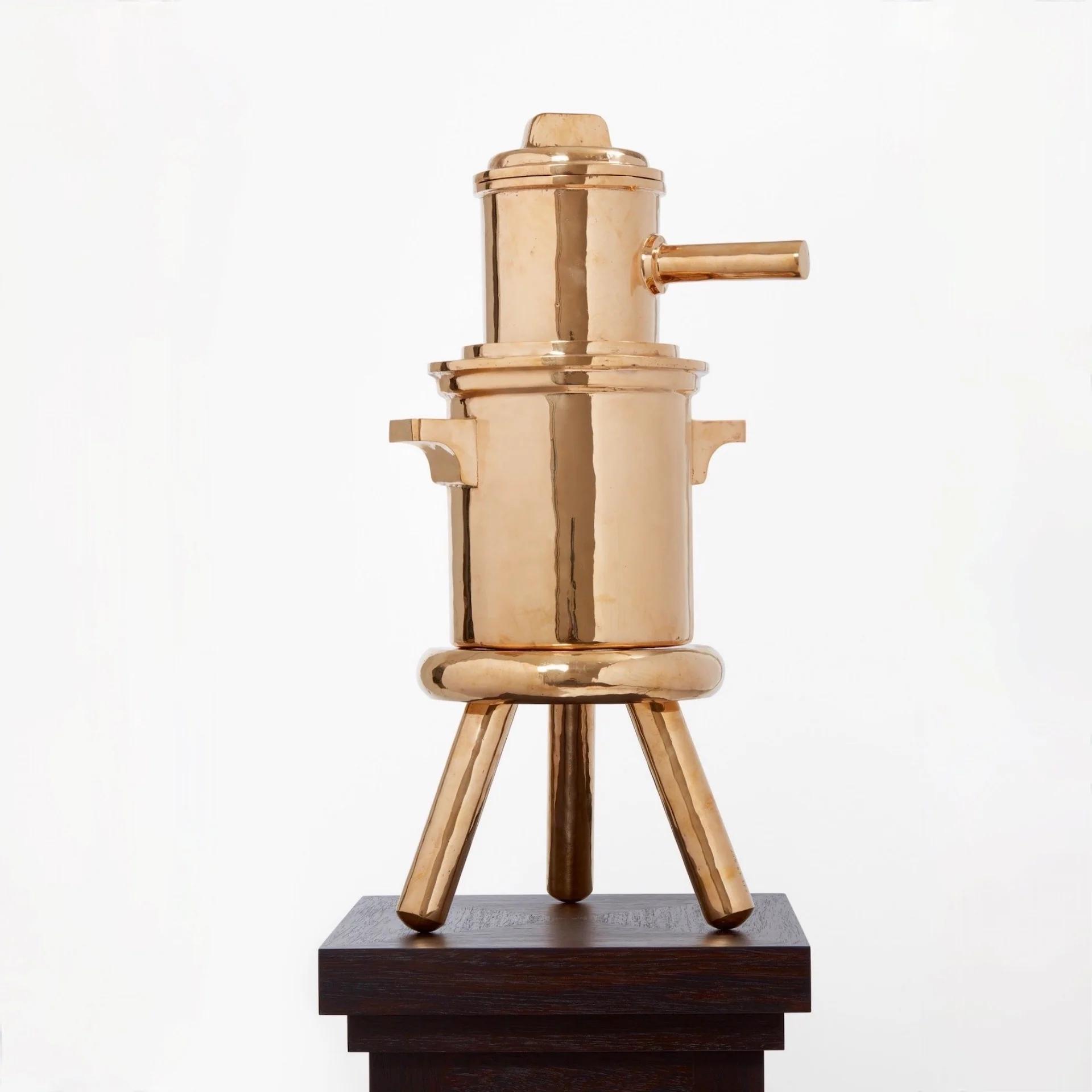
STUDIO JOB/ HOMEWORK: PINOCCHIO, 2007
Diligently following the academic rules of Art, this bronze sculpture digresses only in its radical choice of subject. Confronting the market’s up-till-now halfhearted acknowledgement of the sculptural and artistic qualities inherent in all industrially produced utilitarian objects, Studio Job’s Homework series—consciously and redundantly—addresses the ongoing schizophrenic status of Art and Design. With a genealogy somewhere between Brancusi and Koons, this seductive pseudo-erotic object, redolent with consumer desire, is, in the end, neither purely Commodity nor purely Art. Like certain so-called “functional” yet highly expressive works that came before—from artist-designers such as Sottsass, Kuramata, Pesce and Munari—these artifacts dwell in a truly hybrid zone, between object and objet d’art.
Alluding to its humorous satirical commentary, Marcus Fairs, in his book Twenty-First Century Design, characterized Studio Job’s work as hovering “between art, design, and burlesque.”

STUDIO JOB/ BAVARIA: TRIPTYCH MIRROR, 2008
This Triptych Mirror is part of Studio Job’s Bavaria suite of five marquetry furnishings, featuring intricate, multi-colored, laser-cut farm motifs inlaid in Indian rosewood. Using 17 different, brilliantly colored dyes and a symmetrical, book-matched inlay process, these marquetry masterworks depict bountiful scenes of farm-life, including red barns and silos, horse corrals and dog houses, sunflowers, shafts of wheat, vegetables, and luscious fruit-bearing trees that give shade to county-fair-worthy cows, pigs, chickens, ducks, geese, and sheep, alongside the occasional mouse and blackbird. Moving across the flat, super-dense surfaces are the tools that keep an active farm flourishing: tractors, oil drums, wheelbarrows, spades, shovels, brooms, saws, and horseshoes. Above the tumult, bluebirds fly in a rosewood sky.
Inspired by 17th and 18th-century Bavarian hand-painted furniture, Studio Job playfully switched mediums and methods, using marquetry, a traditional craft of the “applied arts,” to impersonate the “fine art” of painting. With Studio Job's Bavaria, we return to Eden… or at least an animated, naively happy, storybook rendition of Paradise, where humanity’s innocent, simple toil, applied to nature's bounty, reaps a peaceful and prosperous harvest. ◆
